Nuclear Reactor Blasting Into Space For First Time In Over Half A Century
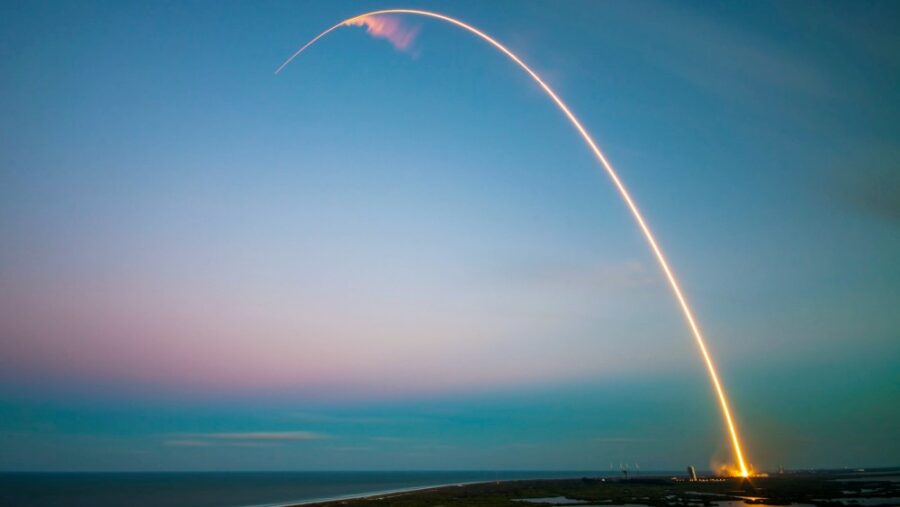
The US military is working with Lockheed Martin, Space Nuclear Power Corp, and BWX technologies to make a spacecraft that’s powered by a nuclear reactor, according to Yahoo!. $33.7 million dollars have been earmarked for the Joint Emergent Technology Supplying On-Orbit Nuclear (JETSON) project, and marks the first time in in 58 years that a nuclear reactor will be sent into space.
Though this project is still very much in the early development stages, the end goal is to use nuclear fission to power Stirling engines, which will dramatically improve how spacecrafts explore space.
Inspired By NASA’s KRUSTY Project
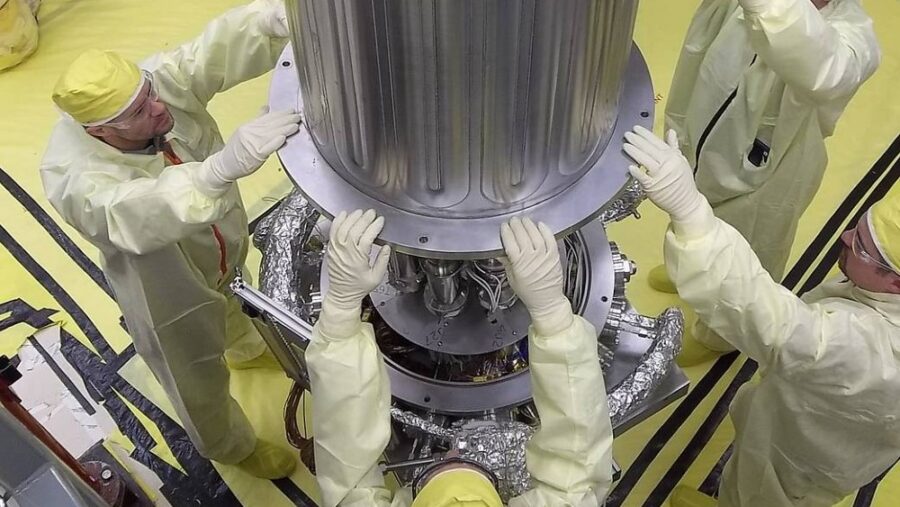
The JETSON project was directly inspired by NASA’s Kilopower Reactor Using Stirling Technology (KRUSTY) experiment, which was a prototype for a nuclear-powered space reactor. The KRUSTY experiment’s main goal was to figure out how to provide electricity to a spacecraft by utilizing nuclear power with the hopes of using the technology for future outposts to the Moon and Mars.
Why Nuclear Power Is Better
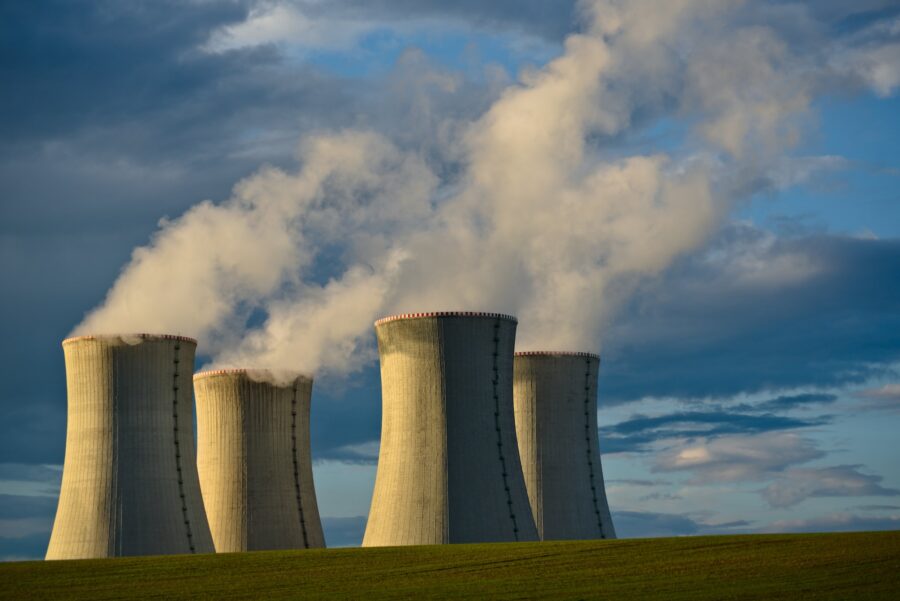
By using a nuclear reactor to power Stirling engines, Lockheed Martin asserts that somewhere between 6 kWe and 20 kWe, which is four times more power than the conventional solar arrays that are being used today. The use of a nuclear reactor is a superior method when compared to the solar arrays that are currently being used because they won’t require constant exposure to sunlight to be fully operational.
In other words, a nuclear-powered Stirling engine could travel further and more efficiently because it would generate its own power through nuclear fission rather than rely on an outside source.
Safety Concerns
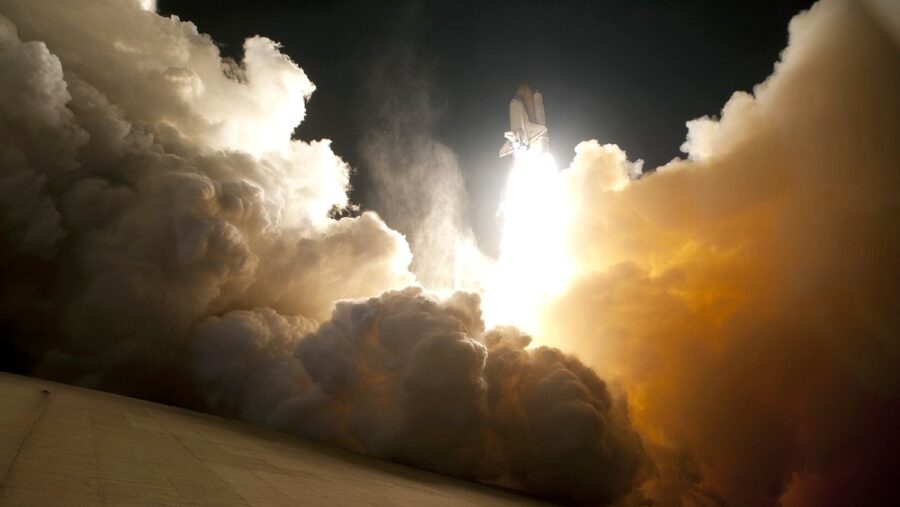
But with a nuclear reactor launching from Earth comes safety concerns. One such safe measure involves making sure that the JETSON spacecraft’s fission engine doesn’t activate until it’s well out of reach from Earth, and on its way to it destination. Once activated, the nuclear reactor will not only provide enough power for acceleration, but also power for onboard systems and payloads.
Though the use of nuclear reactors on Earth is a hotly debate topic, it simply makes sense for space travel. Simply put, if a spaceship or satellite gets too far away from the sun, which is the primary source of energy for a solar array system, then there needs to be a suitable alternative. As we focus on exploring Mars, and further beyond, the need for a self-contained unit that can generate its own power through nuclear fission will be a critical point of focus.
Nuclear Power And Future Moon Missions
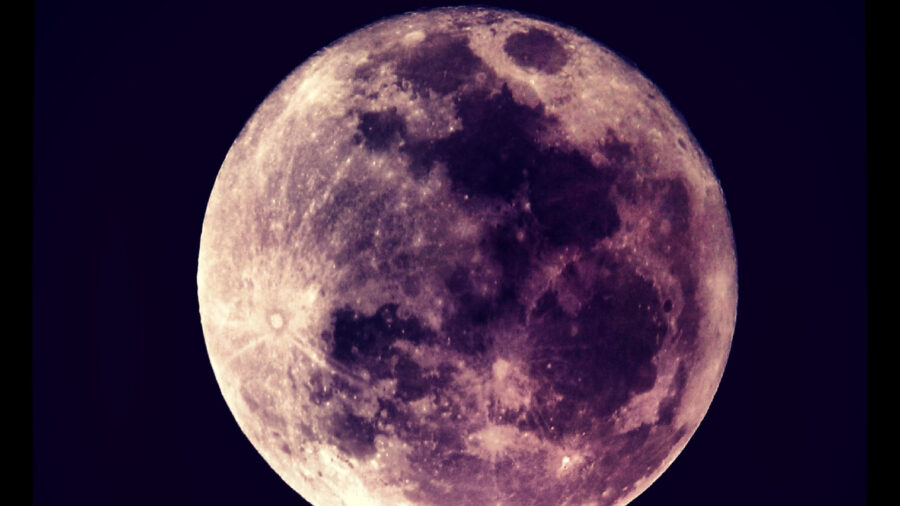
In addition to implementing a nuclear reactor powered spacecraft, Lockheed Martin is currently developing a nuclear thermal propulsion (NTP) engine that will be used for cislunar operations (between Earth and the Moon) for the DRACO program that’s being overseen by DARPA. Though the technology is still being developed and finessed, it’s clear that there is a need for nuclear reactors in space. It may seem like a hefty investment upfront, but the payoff will be tremendous. NTP engines are more efficient, carry bigger payloads, and travel more quickly through space.
Deep Space Exploration
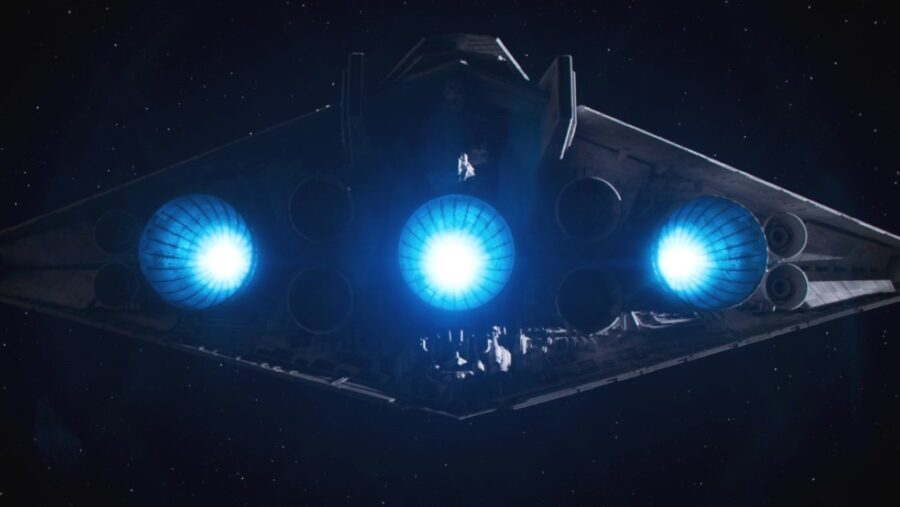
When we eventually set our sights past Mars, and focus on deep space exploration, we’re going to need more power to make sure our spacecraft get to their desired destination. And as spacecraft travel further away from the sun, a nuclear reactor will provide the energy that we need to accomplish future far-out missions.












